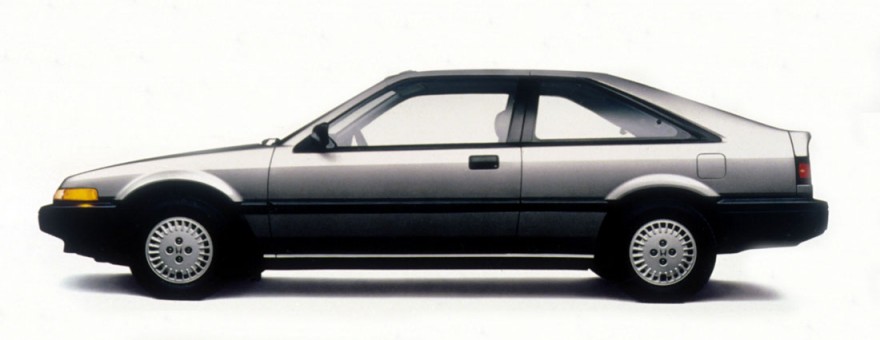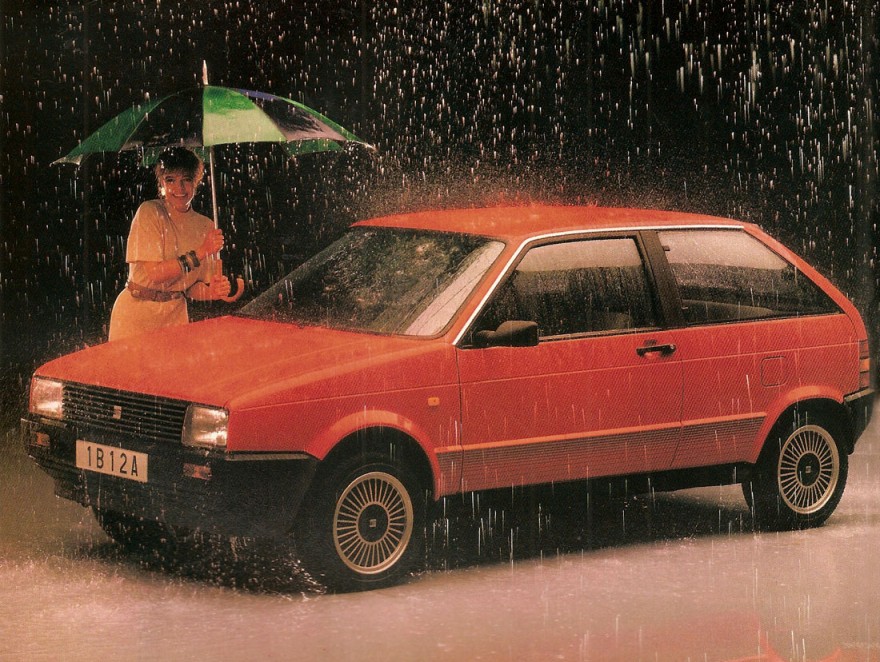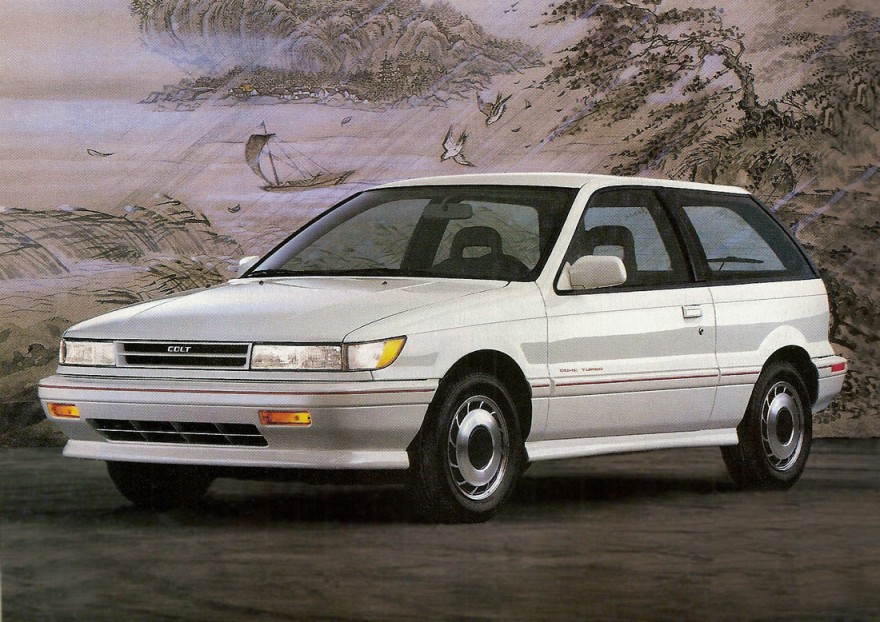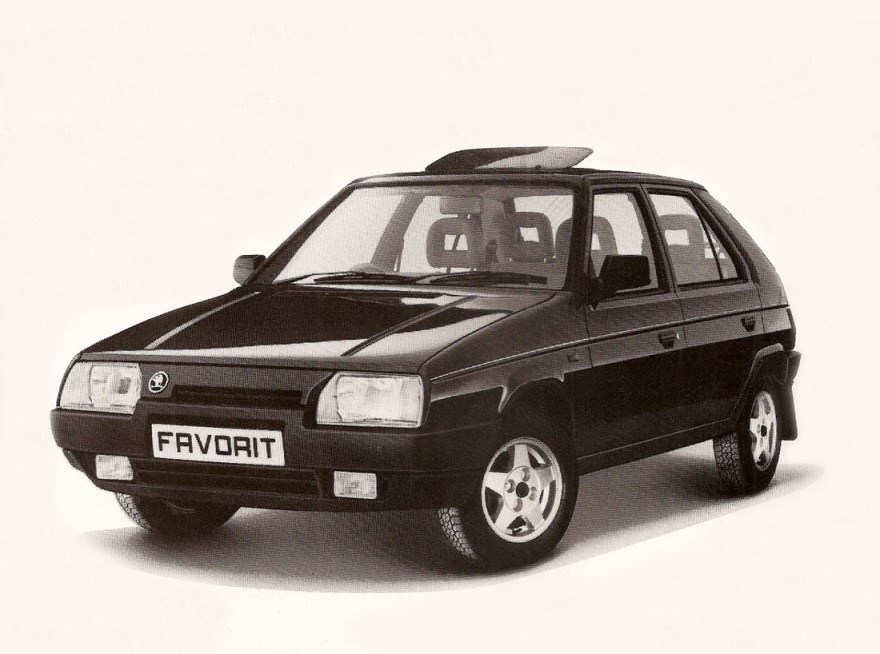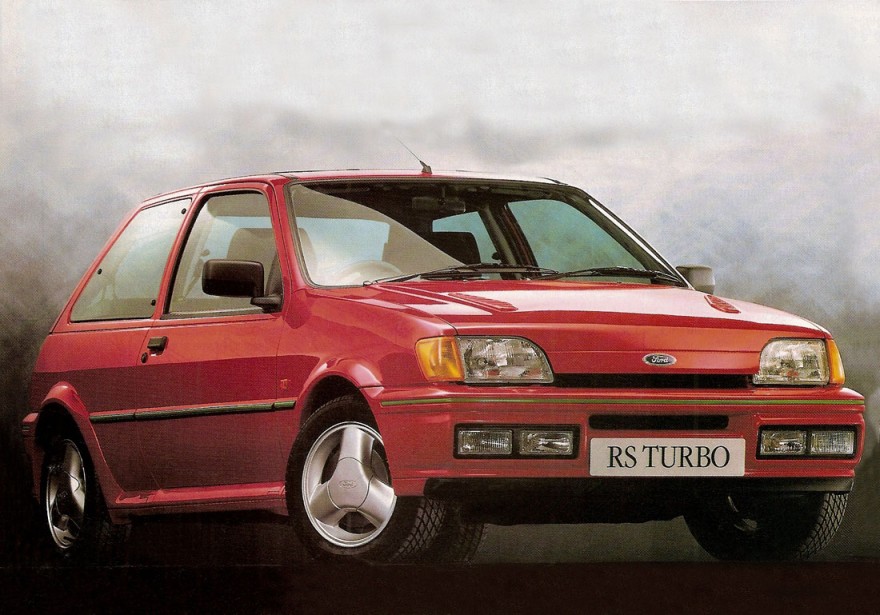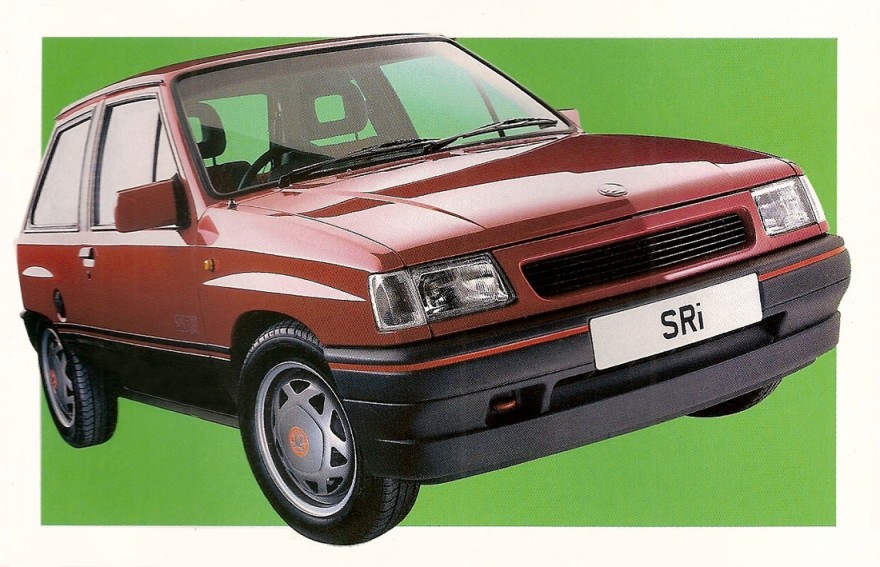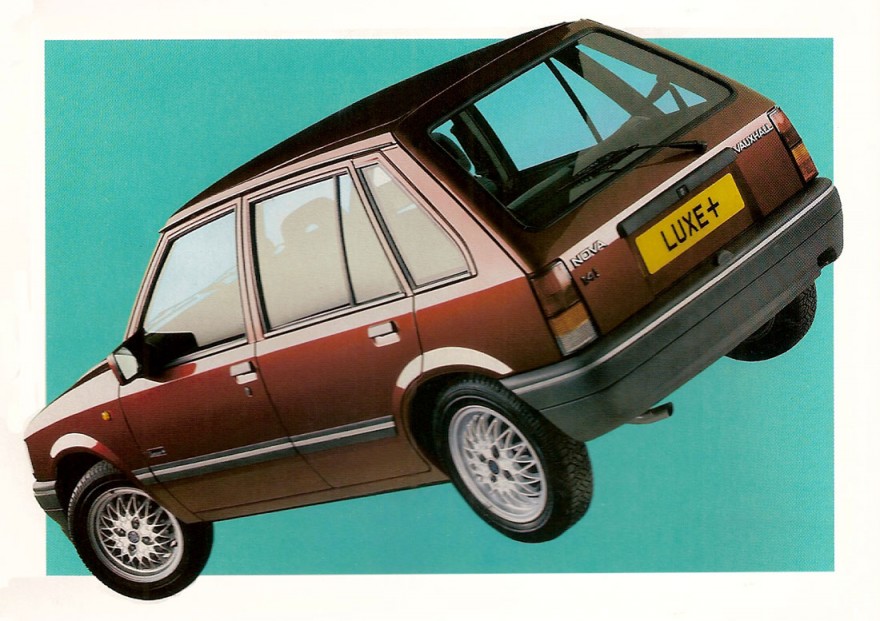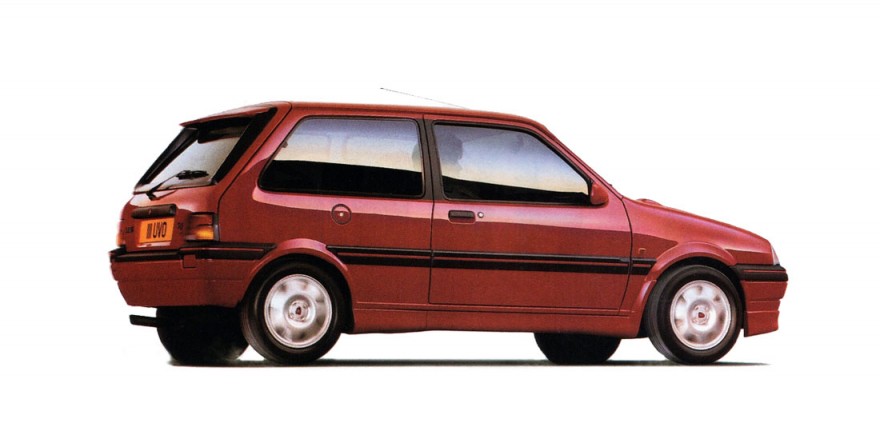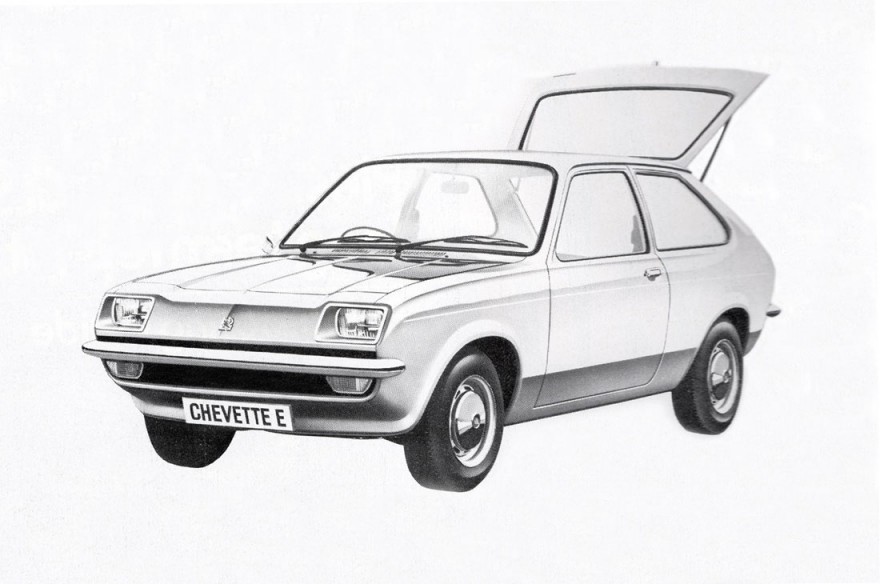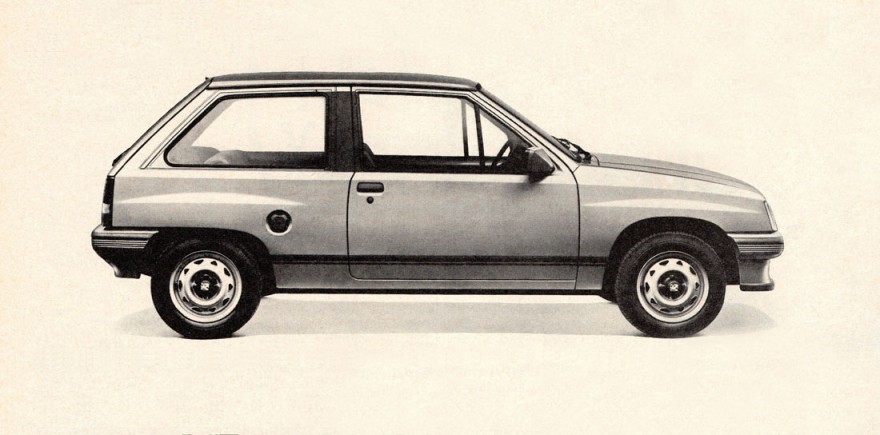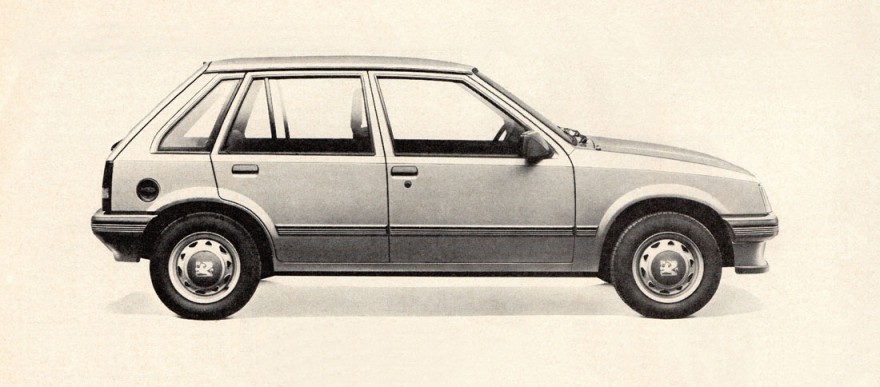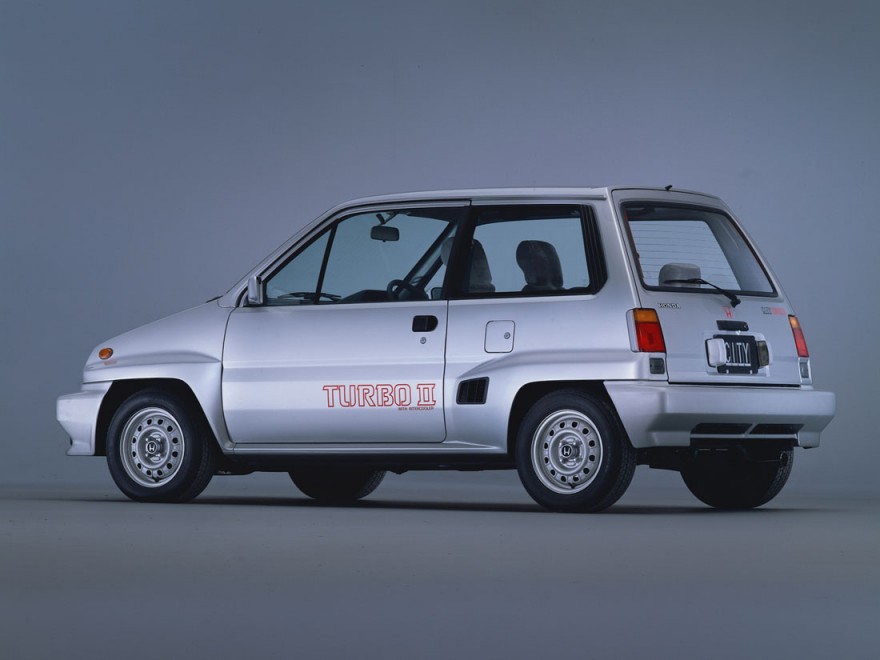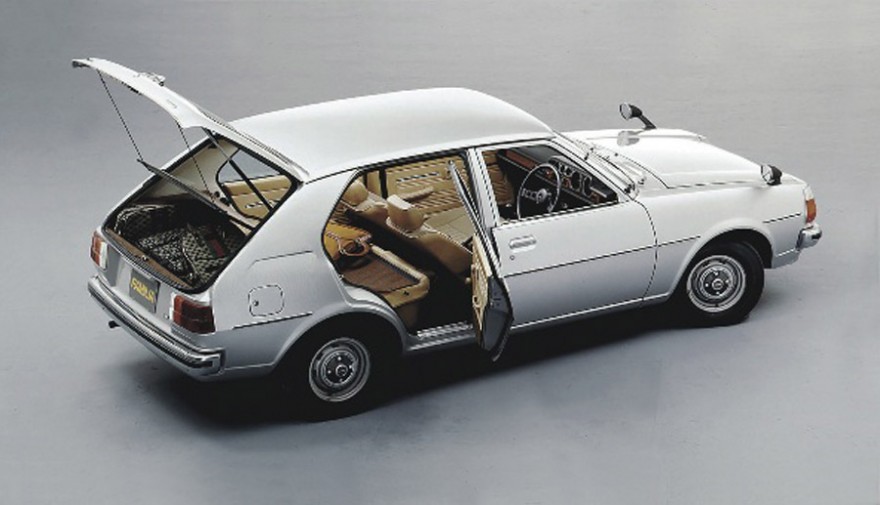The basics of the 1977 Ford Fiesta S were that it was a three-door hatchback with folding rear seats, a transverse engine and front wheel drive. Nothing new. But Ford’s point of difference was a better engineered car. A car that would work better without making it more complicated. Because the simpler a car is, the less it costs to own. All in one safe handling, lots of space and remarkable economy. Some of the features that contributed to the Fiesta’s roadholding, handling and stopping power were their Negative Scrub Steering Geometry which helped counteract a car’s natural tendency to swerve one way or the other under heavy braking. So it helped you stop in a straight line in emergencies. The other was Diagonally Linked Dual Circuit Brakes, which meant that if one circuit should fail you’d still have braking at both ends of the car.
There was more legroom in the back of a Fiesta than any other comparable car, and while it was only a matter of a few inches, Ford made it feel bigger that it really was by, for example, making the rook pillars much slimmer with deep windows. This made the car feel light and airy inside. The total glass area was no less that 25 square feet and this gave it a 390 degree of all-round vision. With the back seats folded down, there was 42.6 cubic feet of luggage space. The back hatch door was assisted by twin gas struts and open to the floor level, eliminating the need to lift a load over a high sill.
Fuel consumption figures were 35.8 MPG for the 1100cc models and 41.5 MPG for the 950cc 40 BHP models. To reduce ownership costs even further, Ford simplified servicing by lowering labour saving tasks, some of which included self-adjusting clutch, self-adjusting brakes, maintenance free wheel bearings and “lube for life” suspension and steering. And, since electrical systems were the single biggest cause of breakdowns, Ford reduced the number of connections to a bare minimum by using a printed circuit instrument cluster.
You would also find a surprising amount of space under the hood which made everything ver accessible for those who like to do their own maintenance… you can get to all the parts without skinning you knuckles.
The same attention went to the body work, which was treated with phosphate that inhibits rust. The entire body was then immersed in primer which was applied electrostatically. Then, after a second primer, it got four coats of tough acrylic paint for a really durable finish.
To quote AutoCar “As a piece of Ford thoroughness the Fiesta is perhaps their most impressive car yet. The Fiesta S had 53 BHP, reached a maximum speed of 90 MPH and had an MSRP of £2,360.
